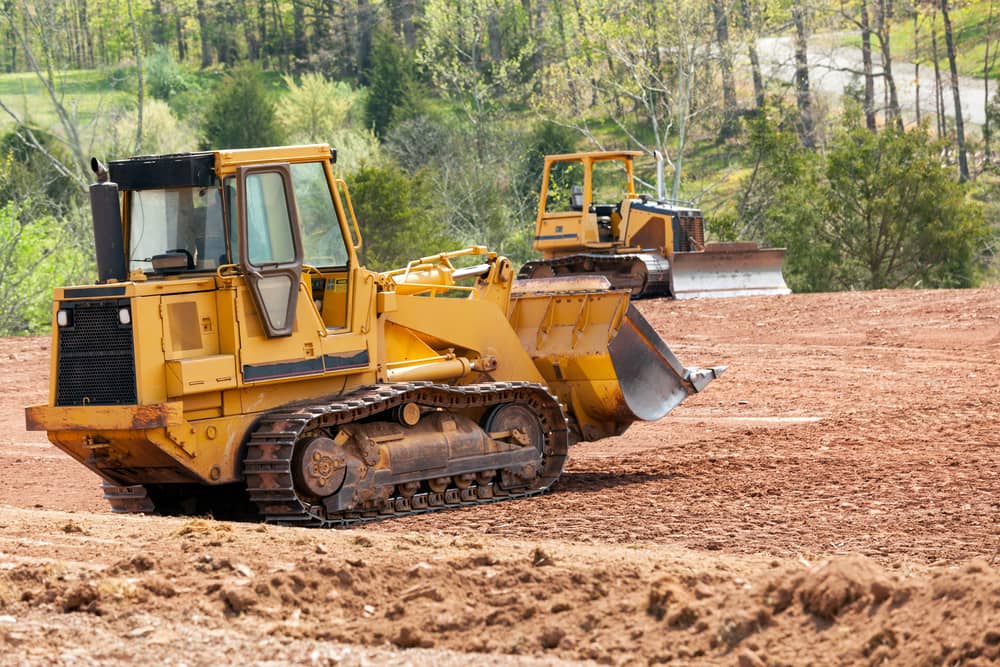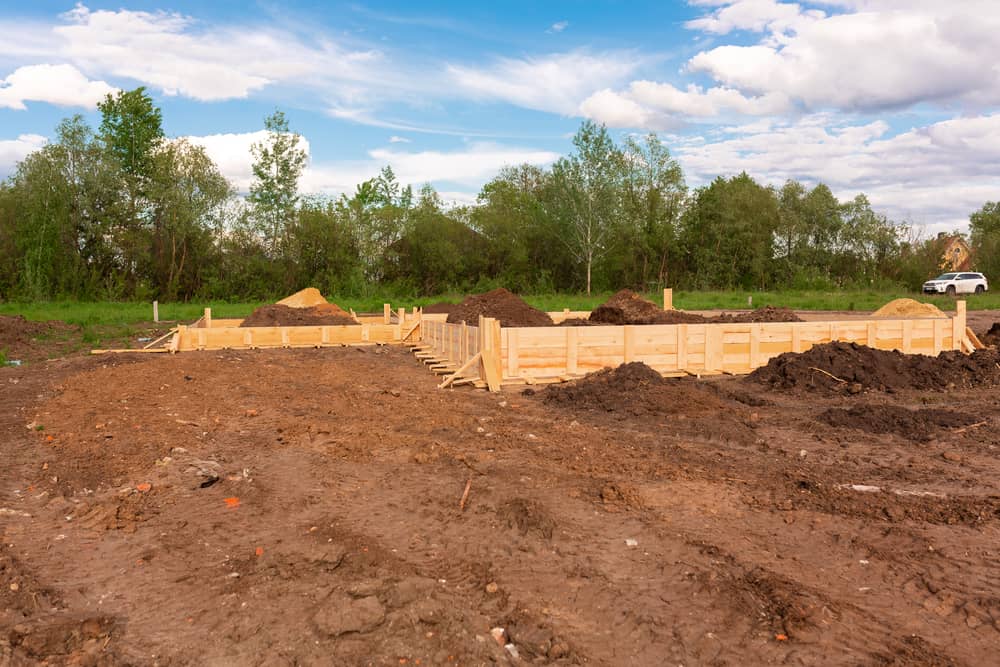What Happens During House Pad Preparation
Proper house pad preparation is critical for a solid and secure foundation while building a new house in. You can't build a pole barn without an adequately prepared pad, just like you can't paint a masterpiece without a blank canvas.

The house pad preparation consists of numerous critical procedures to ensure the site is ready for construction. Earthmoving services are essential in this preparation, as they provide the necessary equipment and experience to execute the job efficiently and effectively.
What is House Pad Preparation
Pad preparation is simply the process of preparing a building site. The first step in prepping a pad is to remove any organic material, which includes every part from the grass and trees to compost and manure.
The pad must then be leveled within a couple of inches. The pad must be at least 6 inches taller than any area within 8 to 10 feet of the building's measurement; this can be accomplished using a road base.
Why is House Pad Preparation Necessary
Each phase in your land preparation serves a distinct purpose for your structure.
Organics must be eliminated since they will degrade and leave a hole in their wake if not. All four corners of the pad must generally be level for your building to be correctly erected, and the site must be at least 6 inches taller than the surrounding region for precipitation to flow away from the building.
What Happens During the Process
Site preparation is the initial step in home pad preparation. This entails clearing the area where the house will be erected of vegetation, rubbish, or existing structures. Clearing the ground with earthmoving equipment such as bulldozers or excavators ensures a clean and level surface.
After the site has been cleared, soil testing may be required to determine its stability and appropriateness for construction. This procedures will help identify whether any extra steps, such as soil compaction or strengthening, are necessary before moving forward with the house pad preparation.

Excavation begins after the site has been cleaned. This procedure entails excavating the space to the desired depth and shape for the home pad. To ensure good drainage and stability, excavation must be done correctly. Experienced operators take precise measurements and adhere to engineering drawings to build an optimal foundation for the house.
The site is compacted after excavation. The area is compacted after excavation. Heavy machinery compacts the earth and builds a firm foundation for the home pad. Compaction is critical for preventing future settling and ensuring the foundation's stability. To accomplish the appropriate level of compression, skilled operators use specialized compactors. To accomplish the appropriate level of compaction, skilled operators use specialized compactors.
After compacting the earth, the next stage is to grade and level it. This procedure uses earthmoving equipment to mold the house pad area to the proper curves and slopes. Grading ensures proper water drainage away from the house, preventing future water-related problems.
Finally, the location is ready for utility installation. This includes installing water, sewage, and electrical systems. Earthmoving services are critical in constructing trenches and channels for these utilities, ensuring proper installation and connection to the main supply lines.
Earthmoving services are important in ensuring utility installations are completed efficiently and safely. They assist with excavating the required locations for installation, eliminating any obstructions or debris that may obstruct the operation. Furthermore, these services ensure the trenches and channels are backfilled and compacted appropriately to retain the installed utilities' integrity.

Tips for House Pad Preparation
Whether you are tackling the house pad preparation by yourself or with the help of a professional, these tips below are a must-remember:
The house pad should be 5 feet larger than the building in each direction.
When preparing your pad, ensure it is at least 5 feet greater than the size of your building in all directions, including lean-tos. If your building is 3040, the preparation pad area must be 4050. If you are designing a 3040 building with a 1240 lean-to, the preparation pad area must be 5250 square feet. If you are designing a 3040 building with a 1240 lean-to, the preparation pad area must be 5250 square feet.
The preparation pad area must be at least five feet larger in all directions than the building and any lean-tos. This additional room enables appropriate structure installation and upkeep, avoiding potential problems with a smaller pad size.
Dumping more than 6 inches of road base is not recommended.
These ensure that the earth is compacted throughout and are referred to as lifts or layers. The entire pad would collapse if you dumped all your road bases at once since only the top layer would be compressed.
Applying road base in layers or lifts is advised to achieve proper compaction. The equal distribution of compaction forces made possible by this technique ensures a solid and long-lasting foundation. Additionally, layering the road base when compacting aids in preventing future pad settling or unevenness.
This practice also contributes to increasing the road's overall resilience by reducing the likelihood of cracks and potholes. Additionally, the layering procedure during compaction contributes to improving the road's load-bearing capacity, enabling it to survive high traffic and bad weather.
Don't forget to ensure your house's foundation is fairly level.
When it's time to construct your pole barn, if the pad isn't exactly 2 inches level, more leveling may be required. This will require a road foundation or another engineered fill material, costing up to $500 per load. The stability and durability of your complete construction are ensured by leveling your home's foundation.
Extra leveling procedures could be required to preserve structural integrity if the pole barn pad is not exactly 2 inches level. These modifications frequently call for engineered fill materials, such as road foundations, which can add up to $500 in extra costs per load.
Conclusion
House pad preparation is an essential step in building a new home. Before beginning any other house-building operations, these services are necessary. Skilled workers and specialized equipment are required to lay a solid and stable foundation for the house, which includes site preparation, excavation, compaction, grading, and utility installation. Employing expert earthmoving services enables homeowners to guarantee that their house pad is prepared to the greatest standards, laying the groundwork for a fruitful and long-lasting construction project.
Professional earthmoving services ensure the site preparation procedure complies with all applicable permissions and laws. This helps avert future legal complications as well as ensure compliance with regional construction codes. By investing in these services, homeowners can feel secure knowing that their new residence will be built on a firm foundation, both legally and structurally.